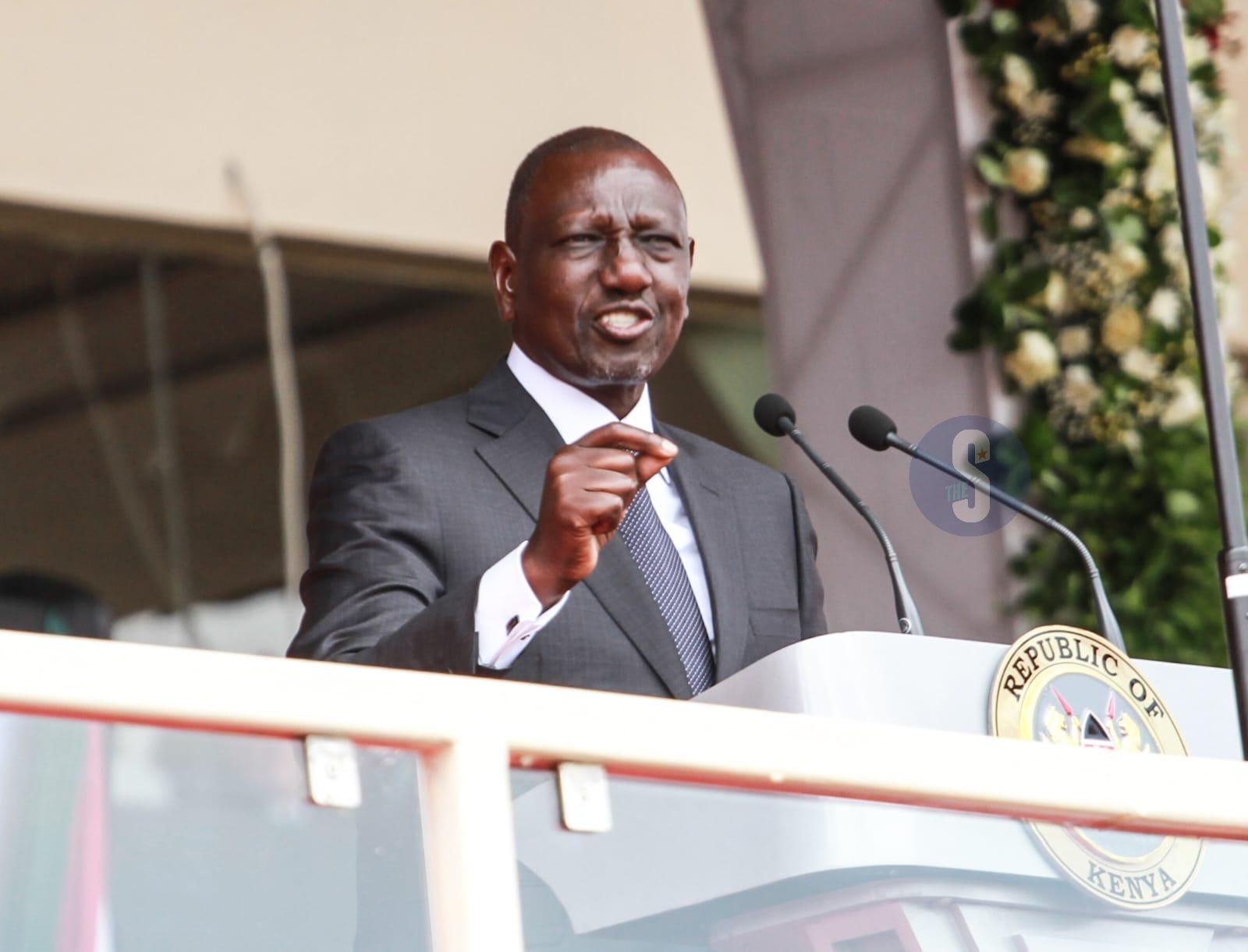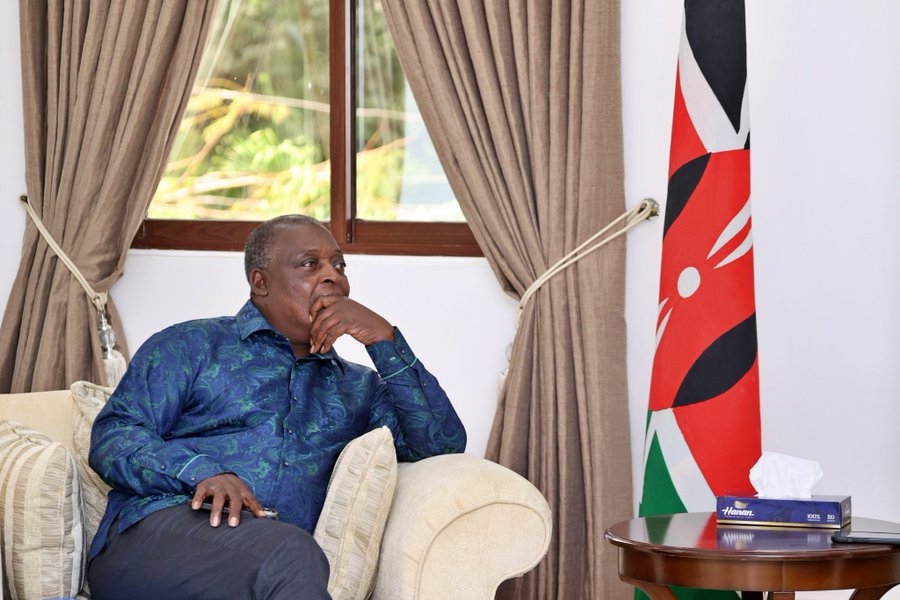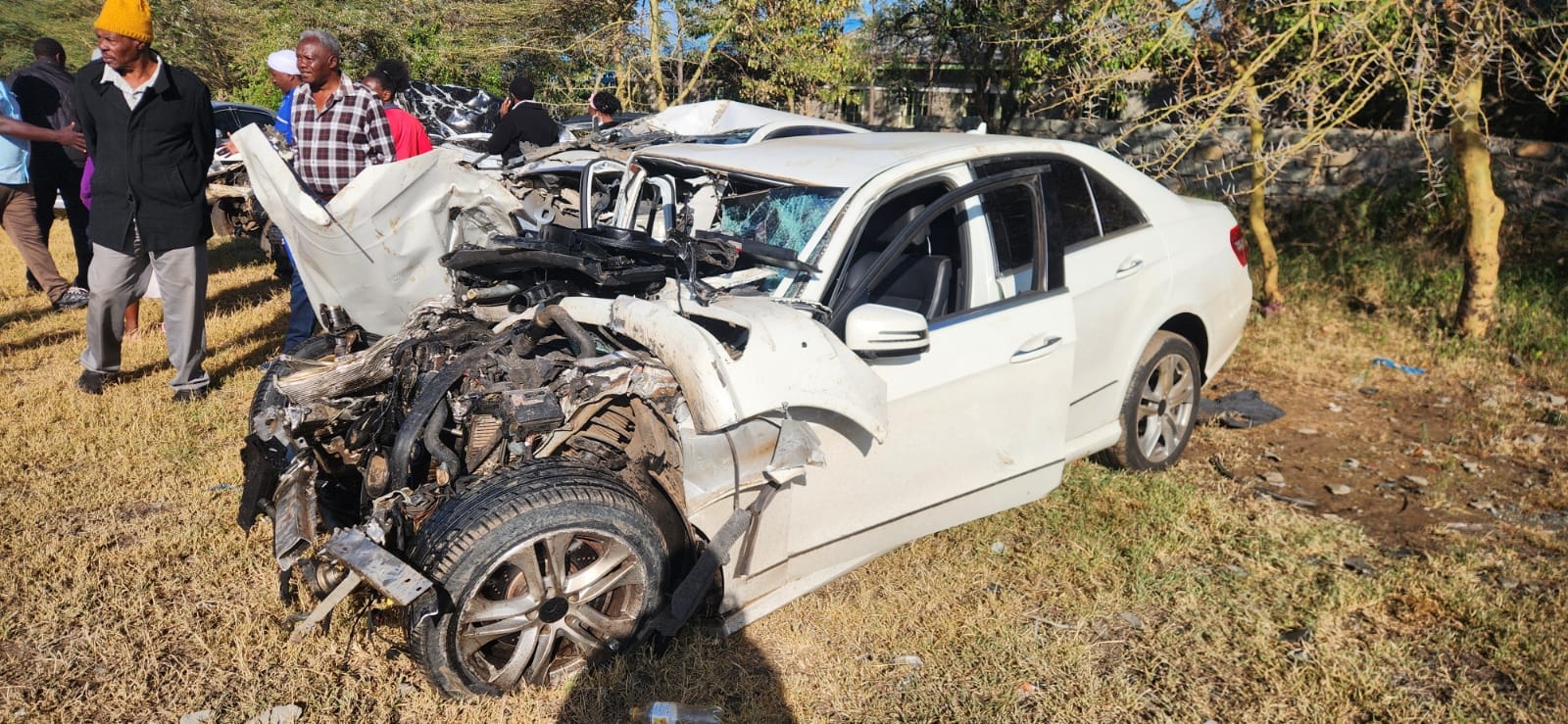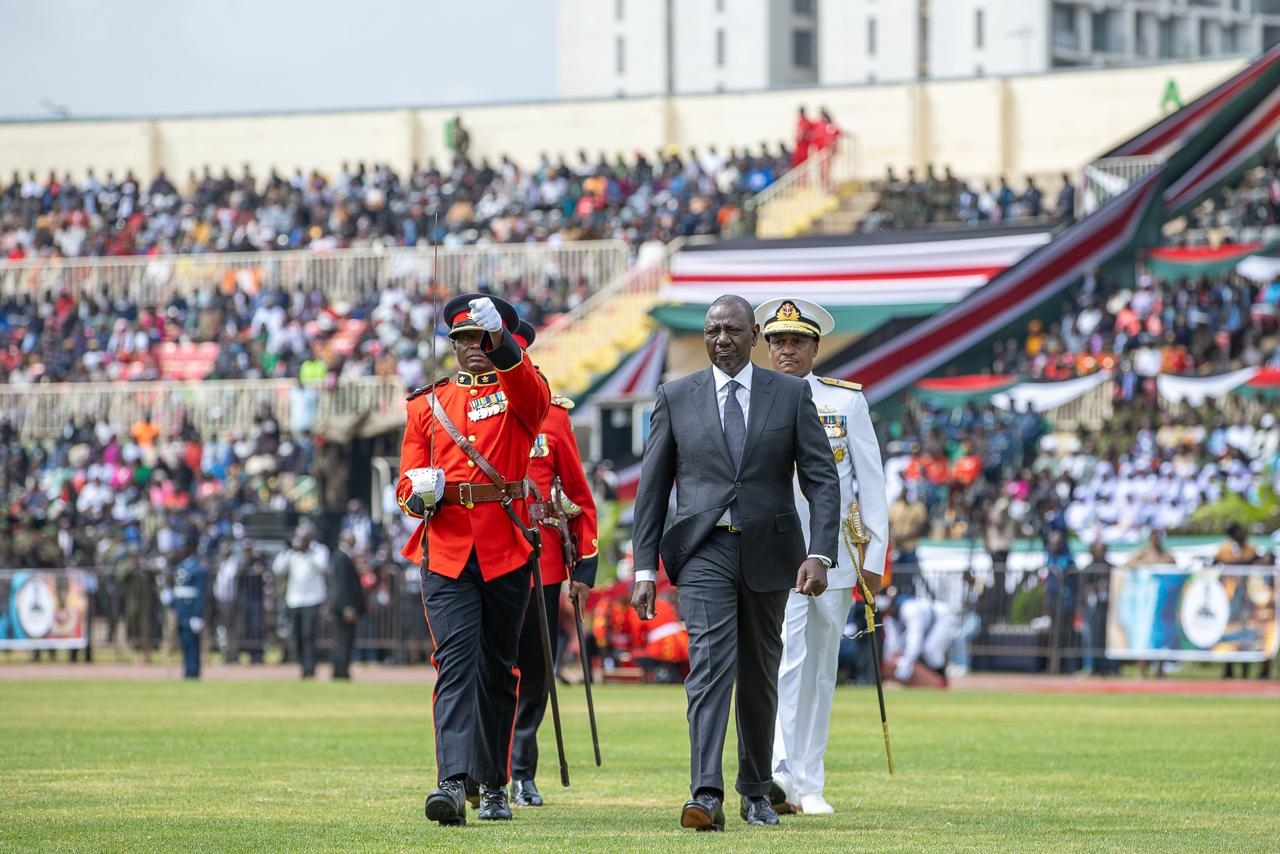
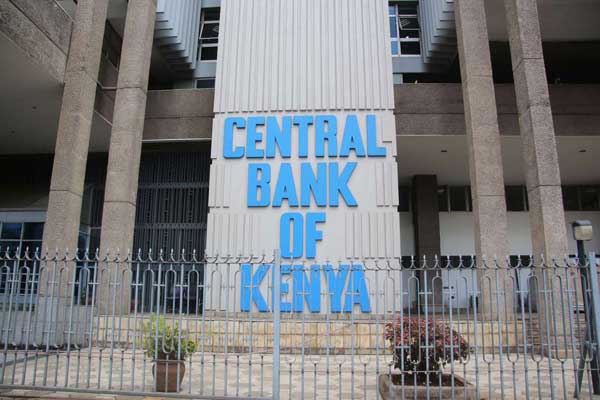
Banks have cut lending rates by 150 basis points to an average of 15.4 per cent since last December as the government pushes for more affordable loans to drive job creation and business stability.
The Central Bank of Kenya has consistently slashed its base lending rate in the past 18 months. Last month, it cut it to 10 per cent, marking a 75 basis point drop from the previous 10.75 per cent. The decision, announced following a meeting of the Monetary Policy Committee (MPC), is aimed at boosting credit to the private sector and giving the economy a much-needed lift.
Even so, the latest data by the Central Bank of Kenya (CBK) show that yields on fixed deposits have equally shrunk to the lowest in a decade. Interest rates on deposits averaged 8.7 per cent in May compared to 10.45 per cent in December last year.
The commercial banks' average interest rates for May, published by CBK in local dailies, show that Citibank is the cheapest lender in the country, charging an average of 10.36 per cent, just 36 basis points above the base lending rate followed by Stanbic Bank and Standard Chartered Bank Kenya at 12.92 and 13.5 per cent respectively. According to the data, Citibank has slashed rates on loans by close to five per cent in the past six months.
Commercial International Bank Kenya (CIB), Access Bank Kenya and Middle East Bank Kenya have the highest lending rates in the country, averaging 20 per cent.
CIB Kenya, for instance, charges 20.2 per cent for a loan facility, while Access Bank and Middle East Bank ask for an average of 19.98 and 19.87 per cent, respectively.
Banking analysts expect the rates to drop further in the coming months as lenders adjust to the new base lending rate that is sub-10 per cent.
"Commercial banks have been heeding CBK's call to harmonise lending rates in tandem with CBR. Lenders with good credit profiles are enjoying the best rates. However, those with poor ratings are paying as much as 27 per cent,'' Jonah Kamiti told The Star.
To ensure that all borrowers benefit from easing rates, the regulator is slowly pushing for the scrapping of the risk-based credit pricing model in favor of pegging lending rates to its benchmark policy rate, a matter that has been objected to by the lenders' union, the Kenya Bankers Association (KBA).
The decision follows frustration within the CBK over the banking sector's reluctance to lower interest rates despite multiple reductions in the benchmark lending rate since October 2024.
“CBK proposes the use of the policy rate (Central Bank Rate) as the common reference rate for determining lending rates in the Kenyan banking sector,” CBK said in a consultative paper on risk-based pricing.
It added that the lending rates will be determined by adding a premium to the CBR. CBK will publish the components of each bank’s lending rate premium on its website, the Total Cost of Credit (TCC) website, and in two newspapers of nationwide circulation.
Interest rates will be set by adding a premium—“K”—to the Central Bank Rate (CBR). The premium will include the bank’s operating costs tied to lending, the return expected by shareholders, and the borrower’s risk profile.
The outgoing risk-based pricing model, which allowed banks to decide on loan rates depending on individual borrower profiles, has faced criticism for being opaque and prone to abuse. When it was introduced in 2019, the regulator intended to encourage lending to riskier customers; in practice, it has resulted in prohibitively high rates, especially for SMEs and households without credit histories.
Banks have also massively cut interest rates on deposits, with the industry's rate currently averaging 8.7 per cent compared to 10.45 per cent in December.
According to CBK, African Banking Corporation is paying the highest rate of 12.63 per cent on fixed deposits, followed by Family Bank at 11.64 and Faramount Bank at 10.76 per cent, respectively.
The rates are, however, much lower compared to an average of 13.2 per cent by Saccos and 13.6 per cent by Money Market Funds (MMFs).



